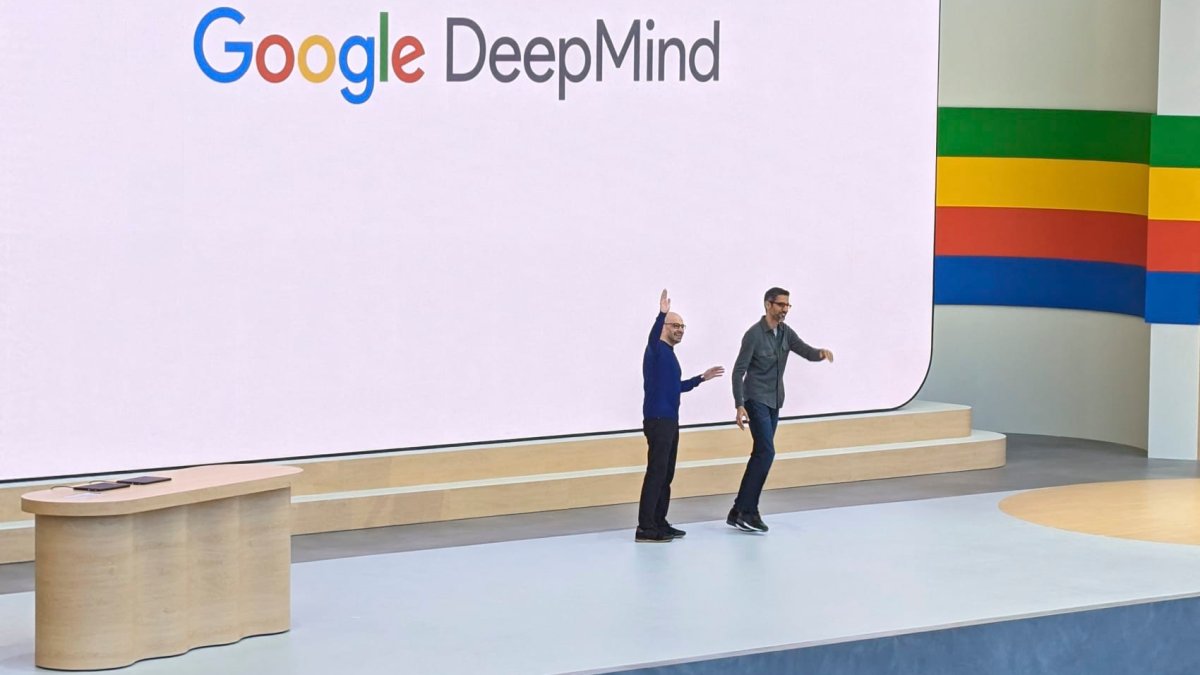DeepMind Announces Plans to Utilize AI Models for Enhancing Physical Robots

Google DeepMind Innovates in Robotics with New AI Models
Google DeepMind has recently introduced two new artificial intelligence (AI) models aimed at enhancing robotics capabilities. These models operate on the advanced Gemini 2.0 platform, which Google describes as its "most capable" AI to date.
New AI Models for Robotics
The two models unveiled are Gemini Robotics and Gemini Robotics-ER (Extended Reasoning). Unlike prior AI technologies that primarily generated outputs like text and images, these new models are designed to execute physical actions and commands to control robots. This marks a significant stride in integrating AI with practical, hands-on tasks.
Partnership with Apptronik
Google is partnering with Apptronik, a robotics development company based in Texas, to leverage Gemini 2.0 for shaping the next generation of humanoid robots. Apptronik is recognized for its previous collaborations with organizations like NVIDIA and NASA. Recently, Google participated in a substantial funding round for Apptronik, contributing to a total of $350 million raised to support their initiatives.
In demonstrations shared by Google, Apptronik robots showcased their capabilities by performing various tasks. These include plugging devices into power strips, packing lunchboxes, moving simulated food items, and zipping bags, all executed in response to verbal commands.
Key Qualities of AI in Robotics
To be effective, AI models for robotics should embody three essential characteristics, as outlined by Google:
- General Adaptability: The ability to adjust to different scenarios seamlessly.
- Interactivity: Quick understanding and response to user instructions or environmental changes.
- Dexterity: Skillful manipulation of objects in a manner similar to human hands.
By focusing on these qualities, Google aims to develop robots that can assist people effectively in various settings.
Features of Gemini Robotics-ER
The Gemini Robotics-ER model is particularly tailored for roboticists to use as a foundational training tool for creating their models. It is made available not only to Apptronik but also to a select group of "trusted testers," including notable companies like Agile Robots, Boston Dynamics, and Enchanted Tools. This strategic approach allows for a collaborative effort to advance robotic technology.
The Competitive Landscape of AI and Robotics
Google’s foray into robotics is part of a broader trend where other tech giants are also investing in AI-driven robotics solutions. For instance, OpenAI has recently made investments in a startup called Physical Intelligence, which aims to apply general-purpose AI in physical environments.
Elon Musk’s Tesla is another player in this space, creating humanoid robots known as Optimus. Furthermore, OpenAI has taken steps to enhance its robotics endeavors by hiring experts from various technology sectors.
Future of Robotics as a Testing Ground for AI
Sundar Pichai, CEO of Google, expressed optimism about robotics serving as a crucial area for testing and advancing AI technologies. He emphasized how these robots would employ Google’s multimodal AI models to adapt in real-time to their surroundings, thereby enhancing their functionality and effectiveness in performative tasks.
By stepping into the realm of robotics, Google seeks to not only improve robotic capabilities but also translate significant AI progress into tangible applications that could benefit various sectors. As developments in this field continue, the possibilities for practical, intelligent robotics appear expansive and promising.




